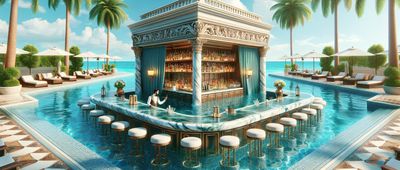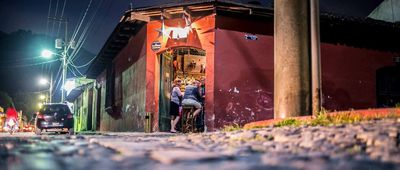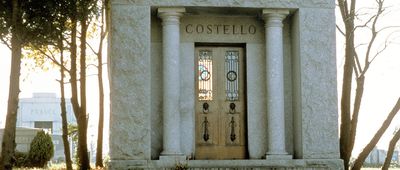Counterculture Contradictions
More than any other postwar decade, the 1960s are as much a legend as they are an actual decade — and one full of contradictions, meaning different things to different people. It's easy for older generations who lived it and younger ones who didn't to romanticize the time when a rise in global youth culture gave way to social upheaval and shocking political violence. Put the tumultuous decade in perspective and see the reality of the '60s, for better and for worse, at these museums and historical sites.
Related: How Woodstock Changed the World






































